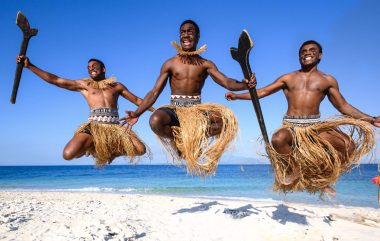
Luxury Travel to the Fijian Archipelago: A Perfect Pairing with New Zealand
Why Combine Your New Zealand Holiday with Fiji? Picture this: the rugged landscapes of N...
Read more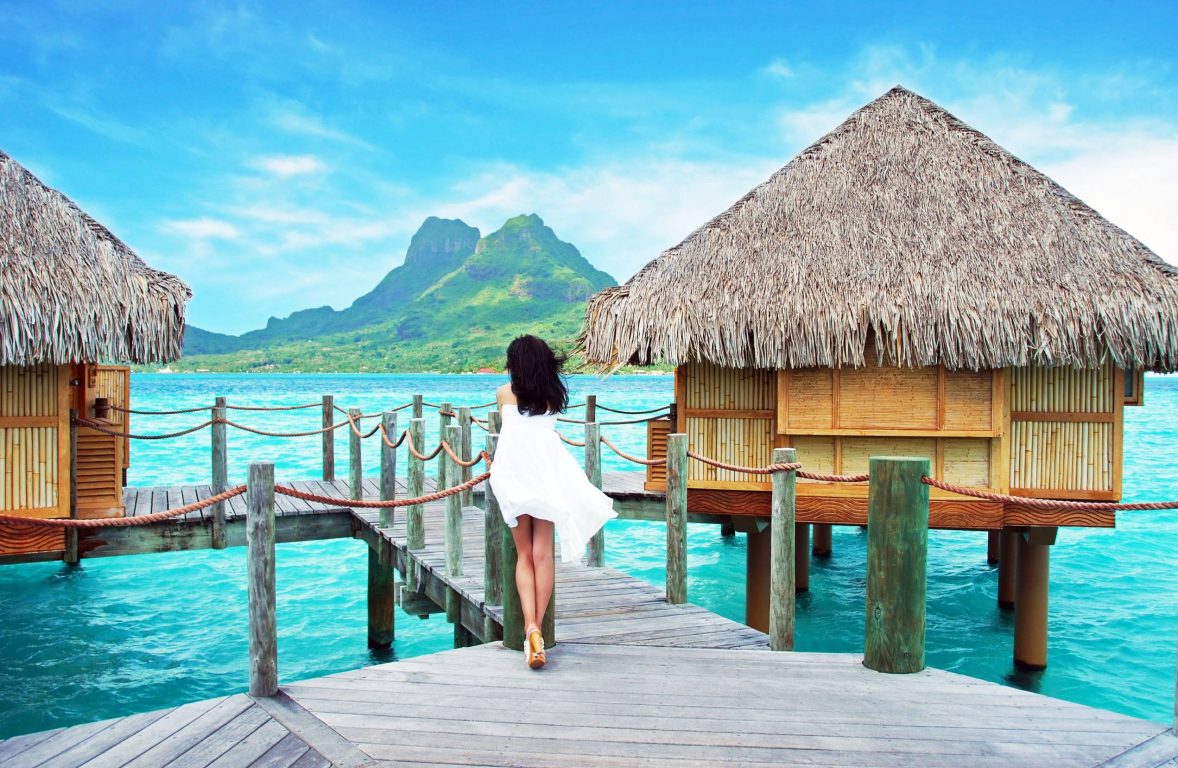
FRENCH POLYNESIA IS one of the best places in the world to do nothing -aside from lying by the pool, sipping cocktails and taking far too many photos of spectacular sunsets. It’s why these 118 islands and atolls, sprinkled like confetti across 4.1 million sq km of Pacific Ocean, are so popular with those seeking sun, sand and a break from the everyday grind. But while the postcard-pretty islands of Bora Bora and Raiatea tick all the traditional paradise boxes, there’s another reason to fly to Papeete, the capital of French Polynesia – the Heiva Festival. This joyous celebration of Polynesian life runs annually across the month of July and features colourful displays of traditional art, dance, music and elaborate costumes, set to a soundtrack of pounding drums.

The Best Festival You’ve Never Heard Of: The Heiva In Tahiti
Although Heiva is also celebrated in Hawaii and California, French Polynesia is its spiritual home and features the world’s largest celebrations. “Heiva is a Tahitian renaissance of an ancient culture that was suppressed by colonialism,” says tour guide Teiva Mulatier. “It’s an interesting story because it was actually forbidden during the 19th century when the first English missionaries arrived in French Polynesia and proclaimed these dances to be a form of debauchery.

The missionaries made the locals cover their bodies and hide their culture, subsequently outlawing Heiva.” It wasn’t until 1985, when French Polynesia gained political autonomy from France, that performers across the region were able to dust off their costumes – some of which take six months to make – and revive the Heiva tradition. “Heiva is helping to keep Polynesian traditions alive and giving people back pride in their culture,” says Mulatier. Today, the festival also includes canoe races, rock lifting. coconut throwing and tree climbing. But its the dancing and singing events that are the real jewels in the Heiva crown. Held over two nights at an open-air stadium in downtown Papeete, the festival attracts around 2500 artists and thousands of spectators who whoop with joy whenever they spot a relative among the performers. Not only is the dancing visually spectacular, you’d be hard pressed not to be drawn into the festival’s infectious energy. And if you can’t glop your feet from tapping shoulders from shimmying in time to music. then congratulations. you’ve caught the Heiva spirit.

MOOREA “Did you see the film Moana?” asks Yvette Leon, a guide from Mo’orea VIP Tours. “That’s one of the mountains the animated film was inspired by,” she says pointing to Mt Mouaputa, which if you squint the right way reveals itself as a woman with her head thrown back. It’s easy to see why Disney was so taken with Tahiti’s sister island. And why the heart-shaped outcrop has formed the backdrop to other movies including South Pacific and The Bounty, with Mel Gibson and Sir Anthony Hopkins. Just 10 nautical miles from Papeete, Moorea is a mash-up of the best of Tahiti – not just the tranquil turquoise waters, although there are a lot of those, but also lush rainforest. Leon has been leading tours of the island for a long time and knows every curve in the road, every local and, it seems, every tree. “This is the mape tree, otherwise known as the Tahitian cellphone,” she jokes, tapping her fist against an enormous tree trunk and a deep boom echoes through the rainforest. We wander through the dense forest, among trees Leon says were carried to the island by the first Polynesians, and the stone foundations of 12-17th century temples built by those early ocean voyagers.

Pineapple and sugar cane are staple crops on Moorea and one of the best places to see what they do with them is at the Rotui Juice Factory and Distillery. Accessible via a red dirt road, the unassuming factory is a hive of activity when we visit, turning fruit grown on the property into everything from Tahiti Cooler (pineapple liqueur and passionfruit) to vanilla rum, which spends six months in French oak barrels. The pineapple champagne gets my vote but a wander around the tasting room also provides the chance to sample local goodies such as eggplant caviar and chestnut terrine. If you’ve visited Moorea but haven’t experienced it from the water, can you even say you’ve been there? Skipper Maui Ciucci picks us up from the hotel for the drive to the lagoon where five of us jump aboard his boat for a half-day snorkel cruise. There’s nothing that Ciucci, who is of Italian and Tahitian descent, doesn’t know about these warm waters. We snorkel with stingrays and baby sharks, spot whales, dolphins and turtles, and marvel at seeing Nemo up close. We drop anchor at Taoahere Beach House, a laid-back spot where we climb straight from the boat to our table. Lunch is poisson cru, the classic Tahitian dish of chunks of fish marinated in coconut milk and citrus juice, exactly the sort of lunch you want after a few hours in the ocean.
PAPEETE
“It’s the second most expensive spice in the world after saffron,” says Teiva Mulatier. We’re wandering round Papeete’s Municipal Market (Le Marche), which smells like ice cream, thanks to the stacks of black vanilla pods that are harvested across French Polynesia. Le Marche is the heartbeat of downtown Papeete, a great place to play the “what-is-that-vegetable/flower/food?’ game. On the ground floor are stalls stacked high with glossy produce, while others deal in baked goods, woven hats and bags, shell necklaces and soaps made from fragrant monoi oil. Up a flight of stairs, artisans offer carvings, wall hangings, quilts and cushion covers. The islands of Tahiti are famous for black pearls, and at the Robert Wan Pearl Museum, I get a masterclass in how these pearls are farmed, gathered and processed before being made into stunning jewellery. Highlights include the largest cultured Tahitian pearl in existence, as well as exhibits that show the importance of pearls to the region’s art, history and culture.
PAPEN00 VALLEY “Tahiti rewards the adventurous,” says Vaitea Etilage, as a 4WD bumps along an unpaved track in the Papenoo Valley, an hour north of Papeete. “So many people fly into Tahiti but quickly head off to another island. They don’t realise that Tahiti itself is an island of vast geographical diversity?’ It’s what prompted the former office worker to start a company, Safari Islander, to help visitors discover the lush, untouched interior of his birthplace. We’re a mixed bunch in the open-air jeep – including a French family of four, a Parisian advertising executive and a wedding photographer from Hawaii. But we’re united in our desire to immerse ourselves in the thick rainforest canopy and the sounds of the creatures that inhabit it. It’s an all-day adventure that takes us deep into the interior of Tahiti, as Vaitea points out various valleys, mountains and plants. We stop for lunch and a dip in a lake so clear and large it’s hard to see the other side, before winding our way back to Papeete. Tahiti is undoubtedly an expert in small islands with big seas and rainforests. And if you time it right, the joyous Heiva celebrations of Polynesian dancing, singing and culture.

Why Combine Your New Zealand Holiday with Fiji? Picture this: the rugged landscapes of N...
Read more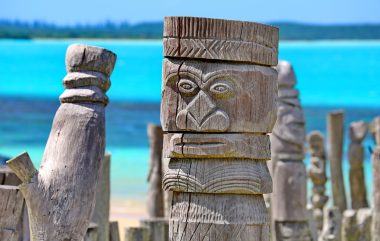
FRANKLY, NEW CALEDONIA is a bit greedy. It isn’t enough that the South Pacific archipelago ...
Read more
Aitutaki is the acme of the Cook Islands experience. A 50-minute flight north of Rarot...
Read more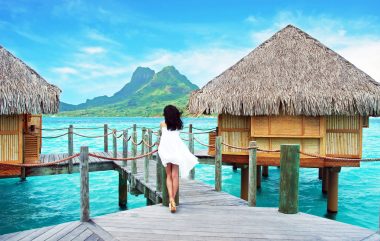
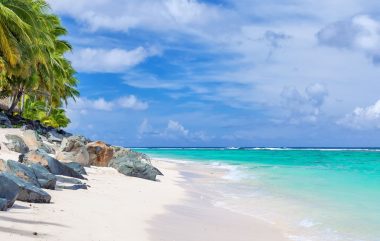
Inspiring travel itineraries and expert advice delivered to your inbox.
START PLANNING